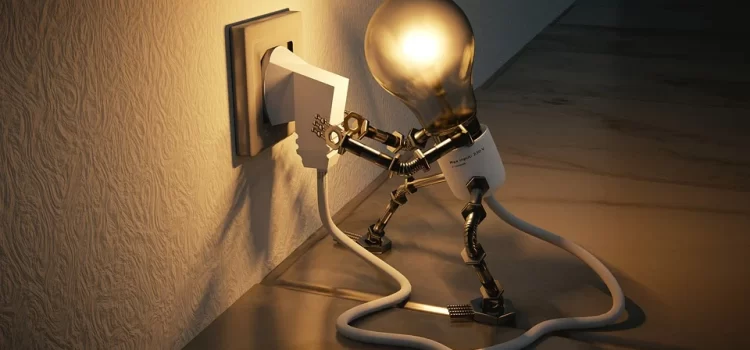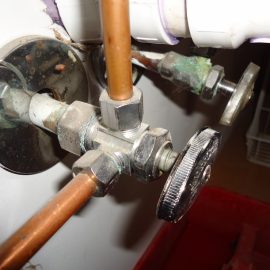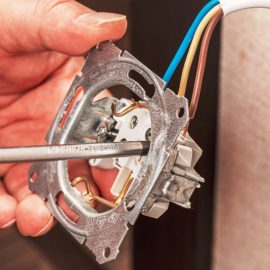
Electricity is an essential part of building a house. Thanks to this physical phenomenon, you have electrical energy to power your home’s various practical electrical circuits. In this article, discover the steps and elements necessary for the electrical installation.
Steps of Electrical Installation
The electrical installation must be carried out according to the regulations in force. In this case, several steps must be followed. First of all, you need to draw up an electrical diagram, which varies according to the design of the house. This element lets you establish a graphic plan of the electrical circuit and determine the electric current used and the voltage to drive the circuit. Next, you must also gather the main elements necessary for the electrical installation of your house. Finally, you can proceed with the electrical work.
Materials Needed for the Electrical Installation
The electrical panel and its components, the electrical wiring, and the switches and sockets are the necessary elements of the electrical installation.
Each of these elements has its own function. First of all, the electrical panel forms the center of all the circuits and distributes electricity in your home. Its price ranges from 8 to 80 euros, depending on the number of modules present. The electrical panel must contain the following safety and protection devices: fuses, contactors, circuit breakers, differential switches, surge protectors, and surge arresters.
The main function of the circuit breaker is to protect the circuit. It can also automatically control the flow of current. Generally speaking, in case of overcurrent (connection of several appliances simultaneously) or short circuit, it automatically stops the electric current.
There are three types of circuit breakers: the general circuit breaker, which provides current emergency shut-off, the divisional circuit breaker, which protects electrical circuits; and the earth leakage circuit breaker, which protects against electrical hazards, such as physiological effects from contact with the current, and also provides protection against overloads and short circuits. The price for a circuit breaker varies from 3 to 30 euros, and the fuses contribute to the protective function of the circuit breaker.
Secondly, electrical wiring is necessary for the distribution of electrical current. Indeed, it is through the cables that the sockets and lighting points are supplied. Generally, the colors of electrical wires are defined by the NF C 15-100 electrical standard. In this regard, green and yellow are used for the earth conductor, while light blue is reserved for the neutral conductor.
Finally, switches are used to open and close the electrical circuit, allowing the electrical current to flow through the electrical system in your home. As for the electrical outlets, they connect the appliances to the electrical current. The electric meter is also an essential element in a house. It is used to measure the amount of energy consumed. During the electrical installation, you must also obtain the certificate of electrical compliance.
Thus, the electrical installation must be done carefully to avoid electrocution and fire. That is why it is essential to use professional and competent electricians. In addition, your electrical system may have problems, of which electrical failure is the most common. In this case, you must resort to an electrical repair.



